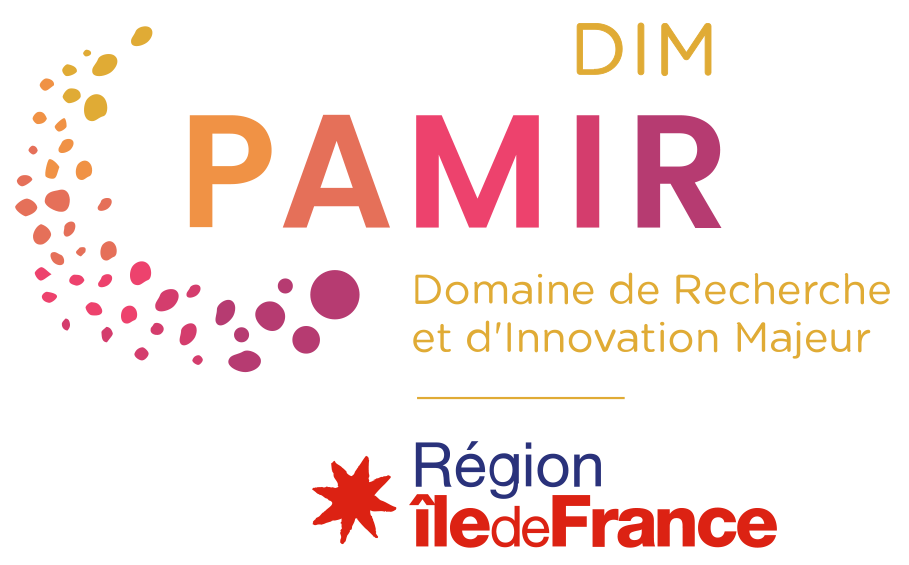The DIM Patrimoines matériels – innovation, expérimentation, résilience (PAMIR), is the Ile-de- France research network dedicated to the study of heritage sciences, operated by the CNRS from ENS Paris-Saclay. On 30th April 2024, it met in hybrid mode at the Jussieu Campus of Sorbonne Université in Paris. During the meeting the Committee reviewed the activities and achievements of the DIM PAMIR research network. This report provides an overview of the key achievements of the network, a particular point of attention, as well as recommendations for the future.
Key Achievements
The DIM PAMIR International Orientation Committee would first like to extend their congratulations to the DIM PAMIR team and the wider research network for the significant and important quantitative and qualitative work that has been undertaken in the first two years of this phase of the project. The following section highlights particular key achievements that the IOC would like to note:
- Network: the establishment of an impressive and diverse network of partners with a strong balance between the diverse disciplines which contribute to the interdisciplinary field of heritage science, as well as the network’s commitment to the public outreach of science (e.g. Photography Exhibition in SNCF stations).
- Call for Projects: the transparency and effectiveness of the procedures based on a clear list of external experts, including the management of an impressive number of funded projects (ca. 250) which have been well-documented and attractively presented. The calls are intended to both promote new interdisciplinary collaborations between members of the DIM, whatever their career stage. Furthermore, the content of the calls keeps evolving to meet the needs of the community.
- Collaboration: stimulating collaborations between the laboratories in the network is a particular strength. This work is supported by the organisation of a significant number and range of scientific and public events including workshops, seminars with published proceedings, Science Fairs (e.g. Fête de la Science), training activities, webinars (e.g. which are published on the DIM PAMIR YouTube Channel) as well as working groups. There has been active inclusion of early career researchers and the involvement of student representatives in the governance structure
- Open Science: DIM PAMIR’s Open Science activities are excellent, both in terms of policy and implementation. The project has robust Open Science requirements for projects including the preparation of a Data Management Plan (DMP) at the beginning and the end of the project, a deposit mandate in the DIM PAMIR collection on HAL. However, these requirements are supported by a multitude of training activities including workshops, Open Science Cafés and a series of DOPAMINE workshops. A DIM Open Science Dashboard, as part of the French National Open Science Dashboard in France, which was demonstrated during the meeting, is particularly impressive.

